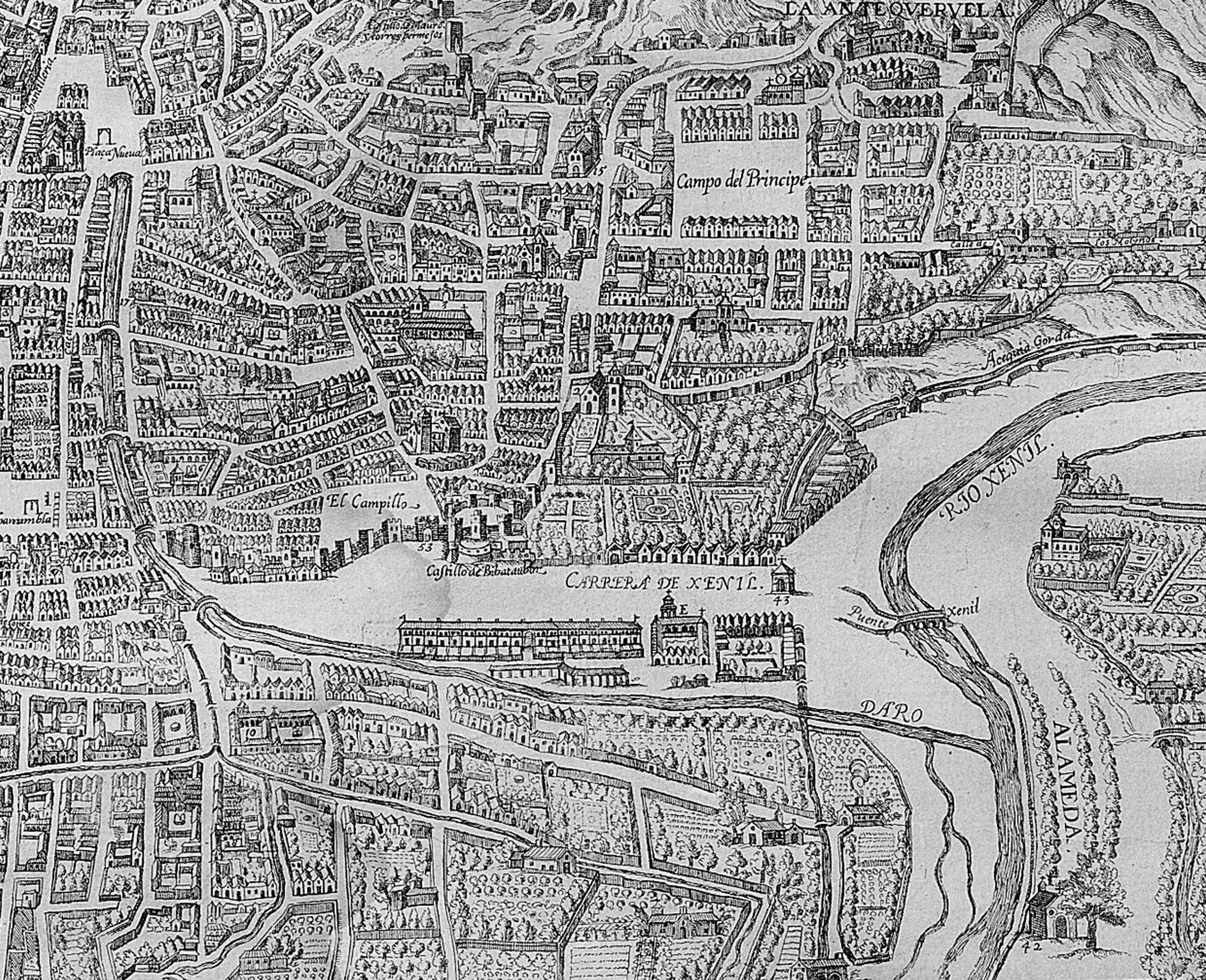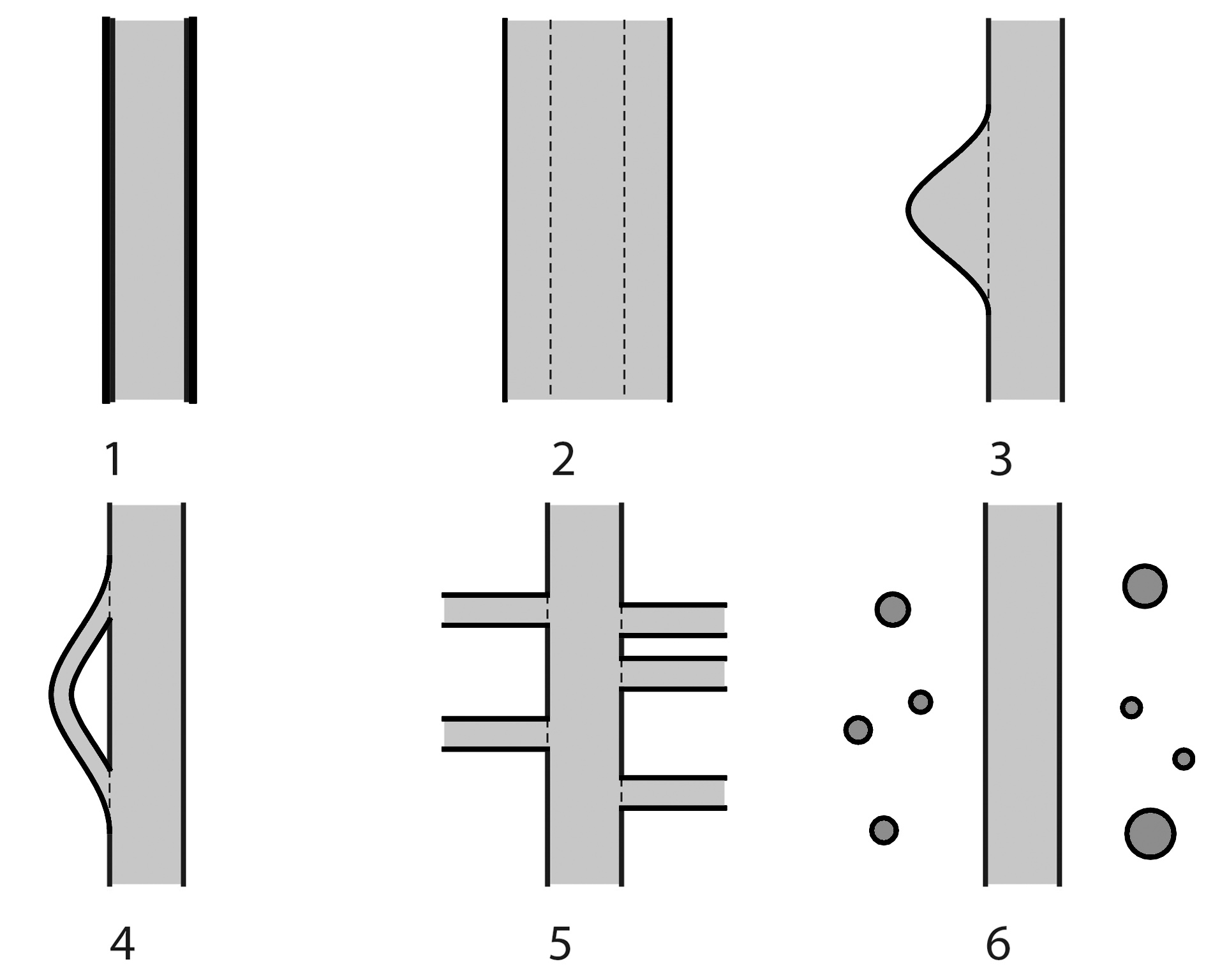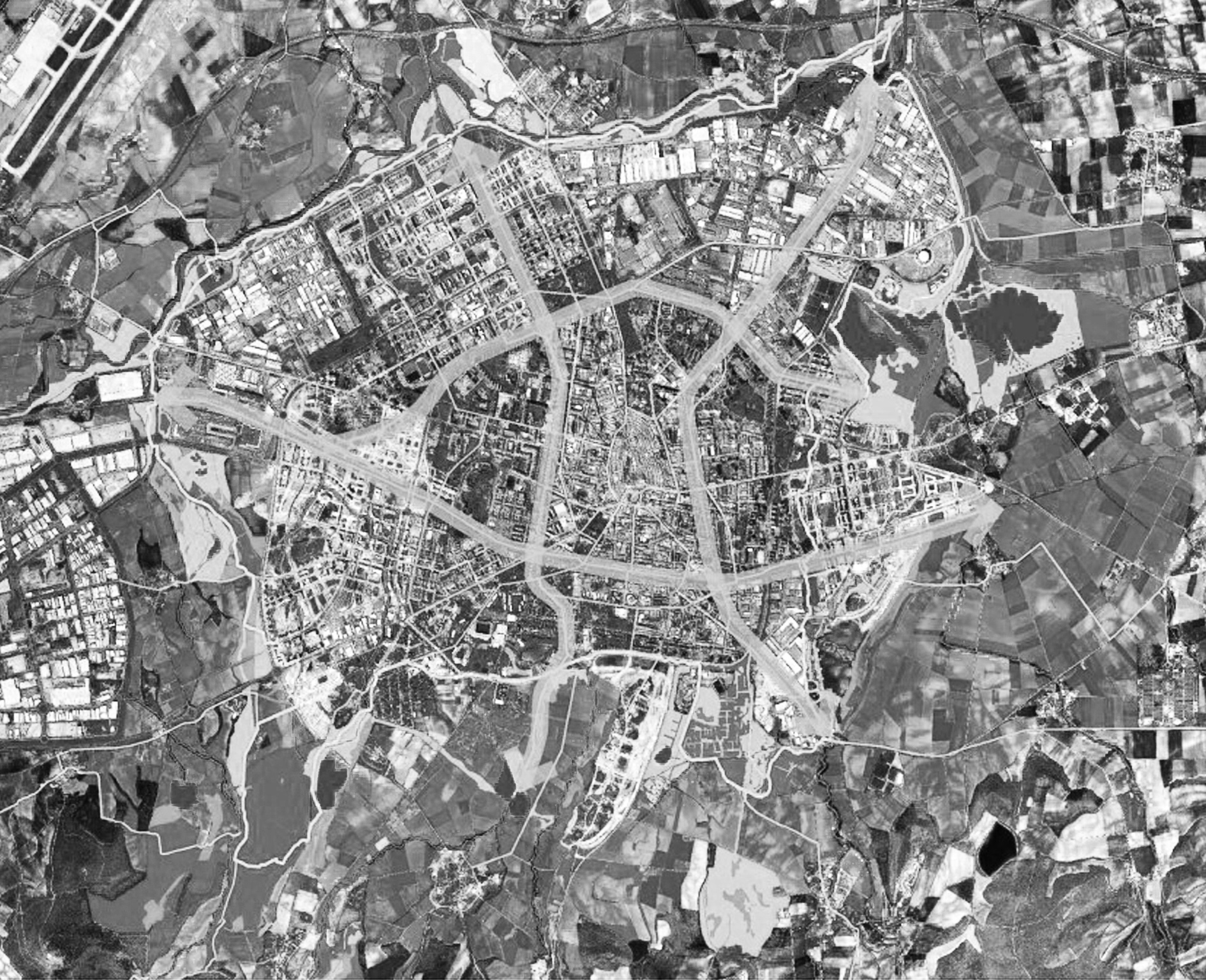REDEFINING THE RELATIONSHIP BETWEEN NATURE AND CITY: THE RIVERS GUADALMEDINA IN MÁLAGA AND GENIL IN GRANADA
introduction
Jorge Asencio Juncal
Southern Spanish cities’ relationship with the rivers flowing through them over history has always been complex: low annual rainfall, marked seasonality and the concentration of high-intensity meteoric events in short periods have strongly conditioned both the definition of the limits of waterways and their management. In conjunction with explosive urban growth, irregular water load, danger of flooding and unhealthiness resulting from sewage and wastewater have led cities to rethink their relationship with rivers. Riverbeds have been erased from the geography of cities by tombing them, diverting them or forcing them between concrete barriers. In the latter condition, the absence of riparian vegetation has resulted in the total disappearance of biodiversity. In some cases, inattention to valorizing rivers in the Mediterranean area has led to constructing movable bulkheads in urban stretches to slow down water flow while giving the impression of increased water availability. This measure turns the riverbed into a stagnant area devoid of natural life. On the other hand, tombing the river basins produces certain advantages, including reunifying the parts of the city divided by waterway passage and creating a new usable urban space.













